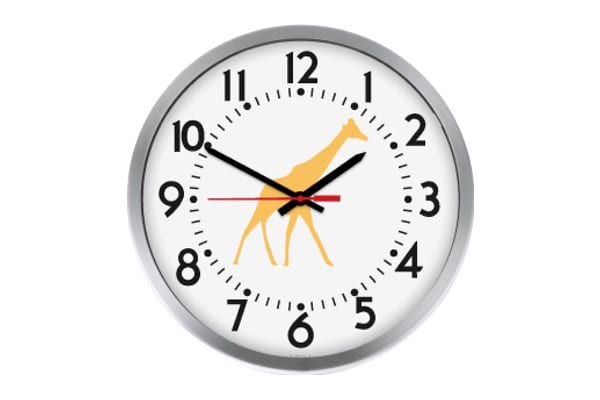Every Second Counts at University of Minnesota Masonic Children’s Hospital
Overview
The University of Minnesota Masonic Children’s Hospital is internationally renowned for caring for children with common to complex health conditions, and for providing a broad spectrum of pediatric programs and services.
Challenge
This hospital was undergoing a renovation, and careful consideration was given to every detail; from floor to ceiling, inside and out. According to Russell Williams, VP of Professional Services, the Children’s Hospital needed to appeal to not only a regional clientele but also international patients. The design had to be fun for a 3-year-old but not overly juvenile to alienate teenage patients.
“We are the oldest children’s hospital in the state of Minnesota, celebrating our 100th birthday this year. We are also the largest, most comprehensive children’s hospital in the state. When other hospitals cannot provide necessary care for a child, they come here,” explains Williams.
Synchronized time and accurate clocks are extremely important in any hospital setting, and University Facility Management team searched for a clock system that could provide accurate, synchronized time throughout the hospital while also reflecting the building’s unique brand.
Solution
The Facility Management team tried seven different clocks before selecting the SiteSync IQ Wireless Clock System manufactured by American Time.
“The SiteSync IQ clocks were the only ones that worked. We’ve had them in the main U of M hospital since 2008. When we tested them at the new site, we discovered complete signal coverage, so the Children’s Hospital didn’t have to purchase another system controller. All we had to purchase were the wireless wall clocks for the new building next door,” said Williams.
Results
Logos reflect unique brand
From the wall colors to the furniture, to the signs, the clocks tie into the overall “Passport to Discovery” theme. As a visitor moves from floor to floor, they experience everything from the jungle to the desert to an underwater adventure. During the purchase process, American Time and Children’s Hospital discussed the value of adding logos and images to the clocks to reinforce the hospital’s unique environment.
Determining optimal clock placement
In each of the 96 patient rooms, careful consideration was given to the placement of each clock. A team of doctors and nurses conducted mock patient procedures, including administering drugs and doing chest compressions, to determine the best clock location.
“There are certain things, like heart rate, respiration and the specific timing of different therapies where the second hand on the clock is critical. Our Emergency Department needed synchronized time, as did our patient rooms, surgery suites, and dialysis areas. Any clocks in direct clinical care areas need perfectly synchronized time down to the second. Every second counts in our entire hospital,” according to Williams.
Saving maintenance time and cost
By installing wireless clocks, the Facility Maintenance Department saves on labor and effort. Williams appreciates how the clocks adjust automatically for Daylight Saving Time and the battery booster packs make the clocks virtually maintenance-free for several years. “We can respond much quicker to a patient or staffing need instead of worrying about clocks. A clock is the kind of thing that should simply ‘work’ which these do. It allows everyone to focus on things closer to the patient.”

